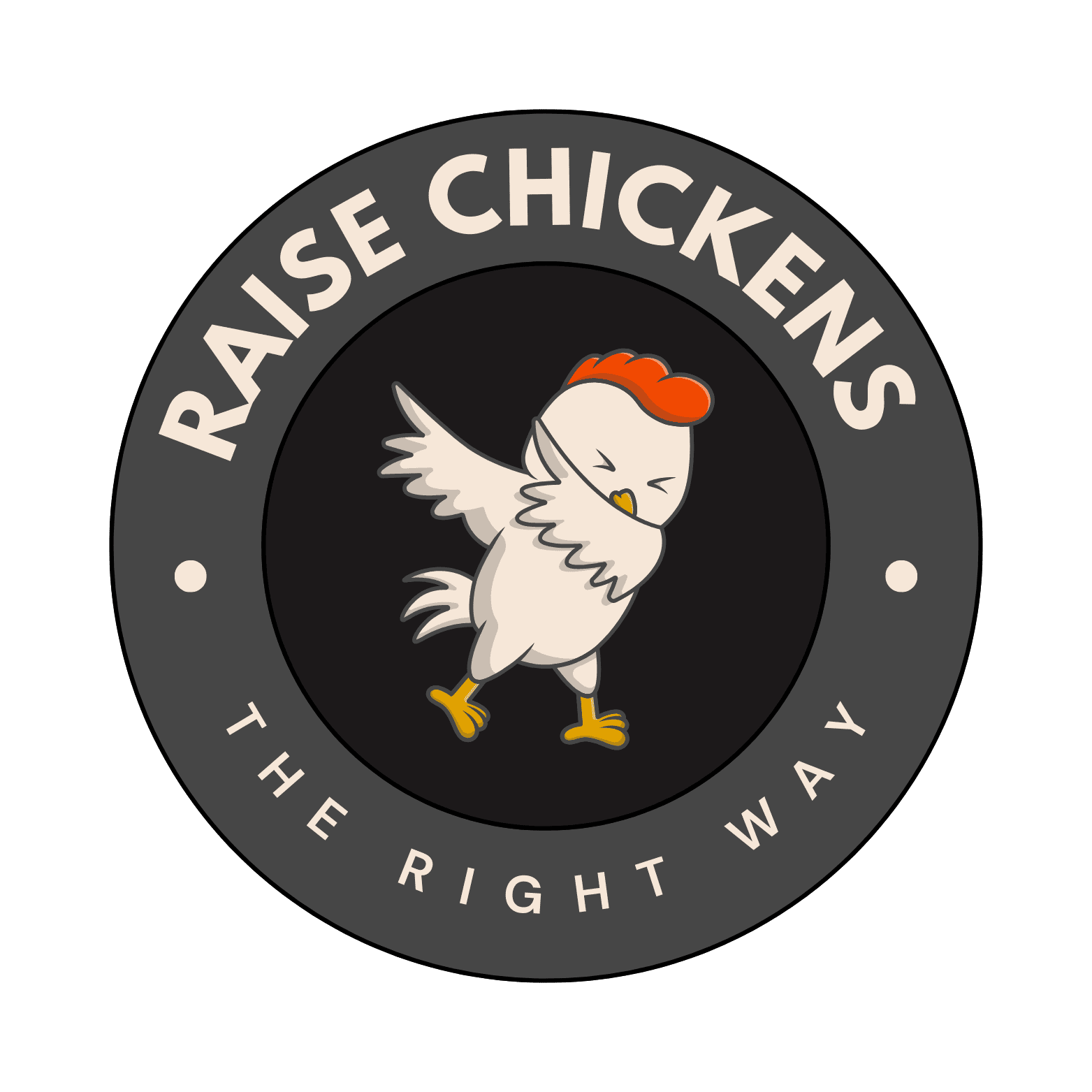Understanding Shaky Leg Syndrome in Chickens: A Farmer’s Complete Guide
After spending over two decades raising chickens on my family farm, I’ve seen my fair share of peculiar health issues. But there’s one condition that never fails to worry newcomers to chicken keeping – Shaky Leg Syndrome. I’ll never forget the first time I encountered it in my flock; it was both concerning and fascinating to watch.
Today, I want to share my extensive experience with this condition, including what I’ve learned works best for treatment and prevention. Trust me, if you’re dealing with this issue, you’re not alone, and there’s hope for your feathered friends.
What Exactly is Shaky Leg Syndrome?
In my years of farming, I’ve come to understand that Shaky Leg Syndrome isn’t just one simple condition. It’s actually a term we use to describe a collection of symptoms that affect our chickens’ mobility. The most notable thing about it is that it often has a genetic component, which I’ve observed through multiple generations in my flock.
Recognizing the Warning Signs
From my experience, these are the key symptoms you need to watch out for:
The Genetic Factor: What You Need to Know
I’ve noticed through breeding numerous generations that Shaky Leg Syndrome often runs in families. It’s particularly common in certain breeds, and I’ve seen it more frequently in fast-growing meat birds. If you’re breeding chickens, it’s crucial to monitor your breeding stock and remove affected birds from your breeding program.
Vitamin Supplementation: A Game-Changing Solution
Over the years, I’ve found that vitamin supplementation can make a world of difference. Here’s my tried-and-tested approach to vitamin therapy:
My Personal Treatment Protocol
When I spot a chicken showing signs of Shaky Leg Syndrome, I immediately spring into action. First, I isolate the affected bird to prevent bullying and ensure it can access food and water easily. I’ve found that setting up a recovery pen with extra padding and easy-access feeding stations works wonders.
I’ve developed a comprehensive treatment approach that I’ve refined over the years. It starts with vitamin supplementation, but there’s more to it than just that. I ensure the affected birds have a stress-free environment, proper nutrition, and regular gentle exercise when possible.
Prevention: The Best Medicine
Let me tell you, preventing Shaky Leg Syndrome is far easier than treating it. I’ve implemented several strategies that have significantly reduced its occurrence in my flock:
Regular health checks have become a crucial part of my routine. I make it a point to observe my chickens’ walking patterns daily, especially during feeding time. This early detection system has helped me catch potential issues before they become severe.
Common Misconceptions
Throughout my years of farming, I’ve heard plenty of myths about Shaky Leg Syndrome. One of the biggest is that it’s always fatal – it’s not! I’ve successfully treated numerous birds over the years. Another misconception is that it’s always contagious. While some causes of leg tremors can be infectious, true Shaky Leg Syndrome often isn’t.
When to Seek Professional Help
I’m all for self-rel
